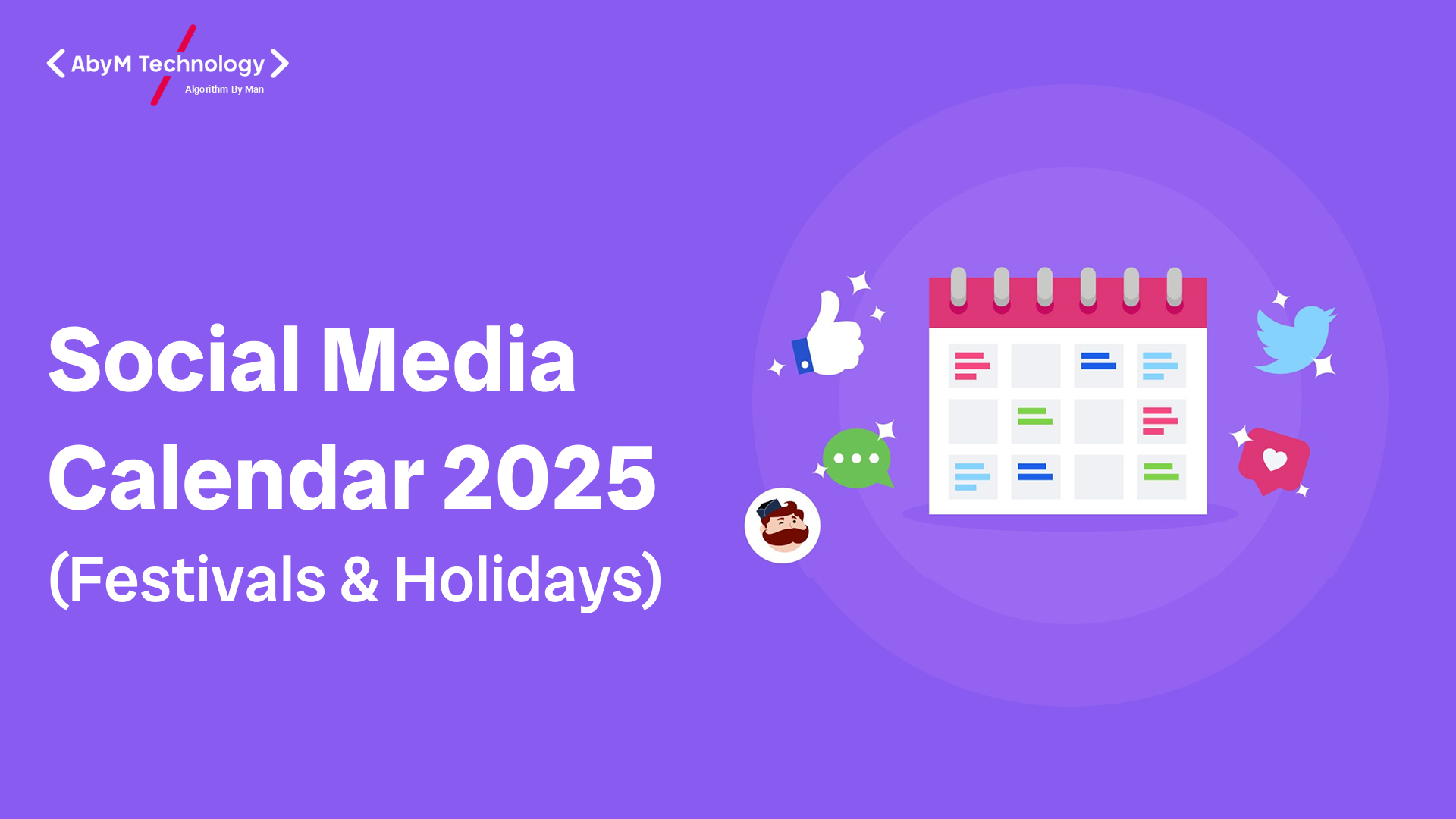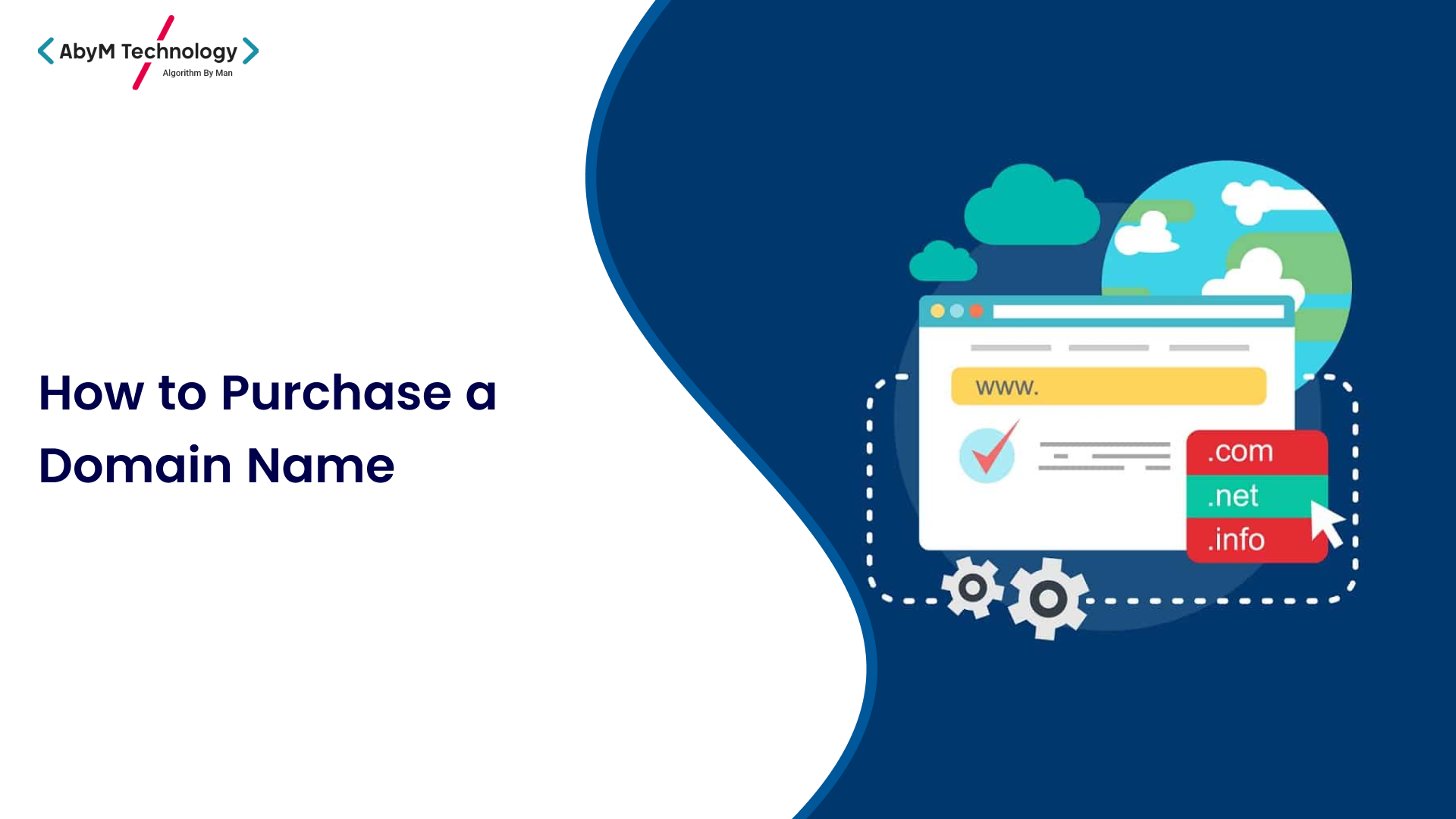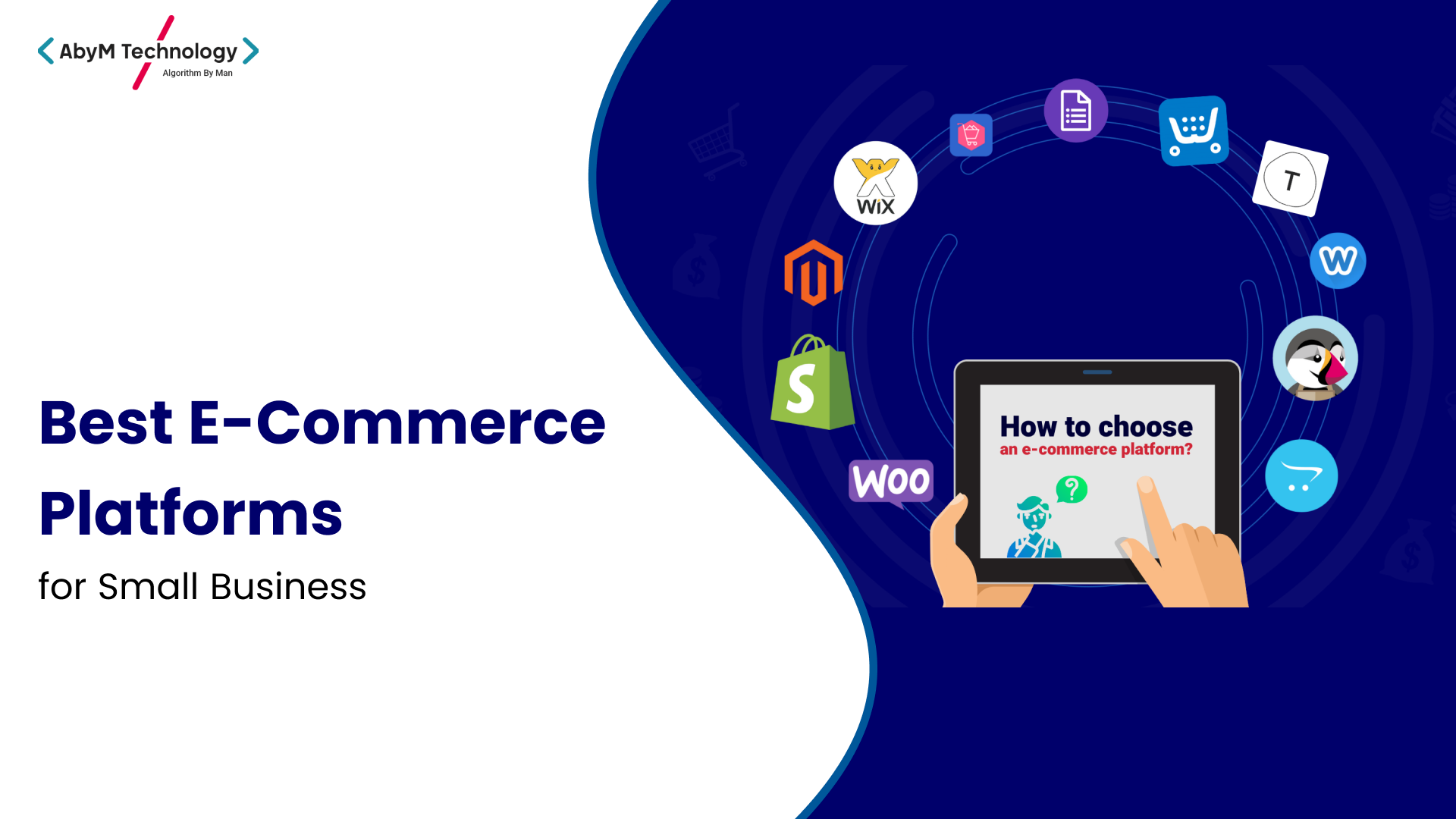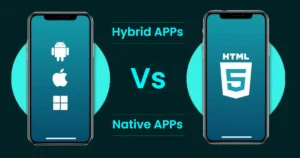What Should I Do To Get My Website into Google’s AI Overviews?

In today’s fast-paced digital world, where artificial intelligence (AI) plays an increasingly dominant role in shaping the online experience, having your website included in Google’s AI overviews can significantly improve your visibility and drive traffic. AI-powered search engines, such as Google, are constantly evolving to offer more relevant and personalized search results. With Google’s use of advanced AI models like BERT, RankBrain, and the upcoming Generative AI integrations, understanding how to position your website effectively for these new search technologies is crucial.
This blog will guide you on how to optimize your website for Google’s AI overviews, discussing everything from technical SEO to content optimization, user experience, and AI-driven trends. Let’s dive into the essential steps that will enhance your chances of getting featured in Google’s AI-driven overviews.
1. Understand Google’s AI Overviews
Before we delve into the steps to get your website into Google’s AI overviews, it’s essential to understand what Google’s AI overviews are and why they matter.
AI overviews refer to content generated by AI technologies, which are integrated into search results to provide more comprehensive, relevant, and helpful information. Google has been leveraging AI tools for years to refine its search capabilities, but recent advancements have taken it a step further by integrating generative AI into search.
These AI overviews might appear in:
-
Featured Snippets: These are summaries extracted from web pages and displayed at the top of search results.
-
Knowledge Panels: These are sidebars that appear with information about entities like businesses, celebrities, and topics.
-
Rich Results: Specially formatted snippets, such as reviews, ratings, and event details, that stand out in search results.
-
Google’s Generative Search Results: These are AI-generated content that offers users more interactive, concise, and relevant answers.
2. Focus on High-Quality, Relevant Content
Google’s AI is designed to prioritize high-quality, informative, and user-centric content. With AI models, like BERT and MUM (Multitask Unified Model), Google’s algorithms can now better understand the context behind user queries. This means your content must be structured in a way that is both comprehensive and easy for AI to comprehend.
Actionable Steps:
-
Create In-Depth, Valuable Content: Ensure that your content addresses user queries thoroughly. The more detailed, well-researched, and up-to-date your content is, the more likely it is to be considered valuable by AI-driven systems.
-
Use Natural Language: Google’s AI models are excellent at understanding natural language, so write in a conversational and clear style. Answer common questions users might have and use related keywords naturally.
-
Focus on E-A-T (Expertise, Authoritativeness, Trustworthiness): Google’s algorithms prioritize content from authoritative sources. Make sure your content demonstrates expertise and builds trust through quality writing and authoritative references.
-
Answer ‘Featured Snippet’ Queries: Position your content to answer specific questions. Use structured data like Q&A format, bullet points, and tables to help AI systems identify relevant sections of your page.
3. Optimize for Featured Snippets
Google’s AI-driven overviews often pull content directly from featured snippets. Featured snippets provide concise answers to users’ queries and appear at the top of the search results. By optimizing for featured snippets, your chances of being included in Google’s AI overviews increase.
Actionable Steps:
-
Answer Common Questions Directly: Use a question-and-answer format for your blog posts and articles. Address specific, concise questions with clear answers to increase the likelihood of your content being pulled for a featured snippet.
-
Use Listicles and Tables: Google often favors well-structured content, such as numbered lists and tables. If your content can be broken down into steps or key points, it’s more likely to be highlighted in a featured snippet.
-
Focus on Long-Tail Keywords: Featured snippets often come from long-tail keyword searches. Research long-tail keywords that are relevant to your business and target them effectively.
4. Leverage Schema Markup and Structured Data
Google’s AI tools rely heavily on structured data to understand the context of your content and provide more informative overviews. Structured data helps Google better interpret the type and relevance of content on your site, which is crucial for appearing in AI-generated results.
Actionable Steps:
-
Implement Schema Markup: Schema markup is a code that you can add to your website to help search engines understand your content better. Use schema to mark up reviews, events, products, articles, and FAQs.
-
Use JSON-LD Format: JSON-LD is the preferred format for implementing structured data. It allows search engines to interpret the content in a machine-readable format, enhancing your chances of being featured in Google’s AI overviews.
-
Ensure Accuracy and Completeness: Always ensure that the structured data you add is accurate. Incorrect or incomplete data may result in your content being ignored or penalized.
5. Enhance User Experience (UX) and Site Performance
Google’s AI doesn’t just evaluate the content on your website; it also considers the overall user experience. AI overviews focus on websites that provide the best possible user experience, which means that your site should load quickly, be mobile-friendly, and have an intuitive design.
Actionable Steps:
-
Improve Page Load Speed: Page load time is a critical ranking factor for Google. Use tools like Google PageSpeed Insights or Lighthouse to analyze and improve your website’s speed.
-
Make Your Website Mobile-Friendly: Google uses mobile-first indexing, meaning it primarily uses the mobile version of your site for ranking and indexing. Ensure your website is responsive and works seamlessly on mobile devices.
-
Ensure Clear Navigation: Easy navigation ensures that users can find what they’re looking for quickly. A well-structured website improves both user experience and SEO.
-
Focus on Core Web Vitals: Core Web Vitals are a set of metrics that measure the speed, responsiveness, and visual stability of your site. Optimizing for these metrics can help improve both user experience and rankings.
6. Build Backlinks and Promote Your Content
AI-driven overviews also take backlinks into account when determining the authority of a website. Backlinks from reputable sites signal to Google that your website is a trustworthy and authoritative source.
Actionable Steps:
-
Earn High-Quality Backlinks: Focus on earning backlinks from authoritative websites in your industry. This could be through guest blogging, collaborations, or providing valuable insights that others want to reference.
-
Use Social Media to Promote Your Content: While social signals are not a direct ranking factor, sharing your content on social media can increase its reach and likelihood of being linked to by other sites.
-
Engage in PR Campaigns: Public relations campaigns can generate backlinks from high-authority news outlets and blogs, which can improve your website’s authority and AI ranking.
7. Keep Up with Google’s AI Updates
Google’s AI algorithms are constantly evolving. Staying updated with changes to Google’s algorithms and AI technologies is crucial for maintaining and improving your website’s rankings.
Actionable Steps:
-
Follow Google’s Official Blog and Developer Updates: Google regularly publishes updates about algorithm changes and new AI features on its official blog. Keeping up with these changes will help you stay ahead of the curve.
-
Participate in SEO Communities: Join SEO forums, Reddit groups, and LinkedIn communities where experts share insights on Google’s latest AI updates and SEO trends.
-
Monitor Your Website Analytics: Use tools like Google Search Console and Google Analytics to monitor your site’s performance. These tools provide valuable insights into what’s working and where you may need to improve.
8. Optimize for Conversational AI
With the rise of AI-powered conversational tools, like Google Assistant, optimizing for voice search and conversational AI can improve your chances of being featured in AI overviews. Voice searches tend to be longer and more natural than text-based queries, so optimizing for this trend is critical.
Actionable Steps:
-
Target Natural Language Queries: Incorporate long-tail keywords and natural phrases that users might speak into your content. Think about how users would ask questions verbally rather than in a typed format.
-
Structure Your Content for Voice Search: Include direct answers to common questions at the beginning of your content, as these are often used for voice search results.
Conclusion: Stay Ahead of the AI Curve
Getting your website into Google’s AI overviews isn’t a one-time task. It requires continuous optimization, from creating high-quality content to implementing structured data, improving user experience, and staying current with Google’s evolving AI technologies. By following the steps outlined in this blog, you can increase your chances of being included in Google’s AI-driven overviews and enhance your visibility in search results.
Remember, the key is to align your website with what AI technologies prioritize: high-quality, relevant, and user-friendly content. By doing so, you’ll not only improve your chances of appearing in AI overviews but also provide a better experience for your users, ultimately driving more organic traffic to your website.










